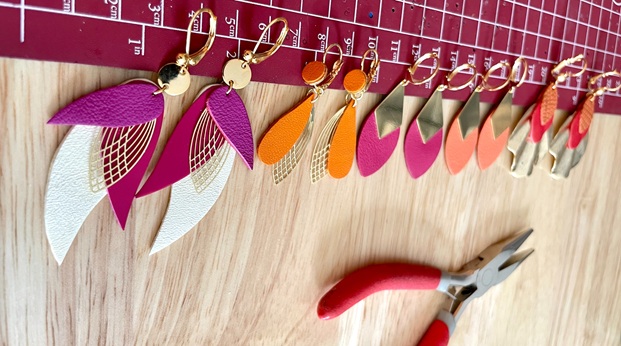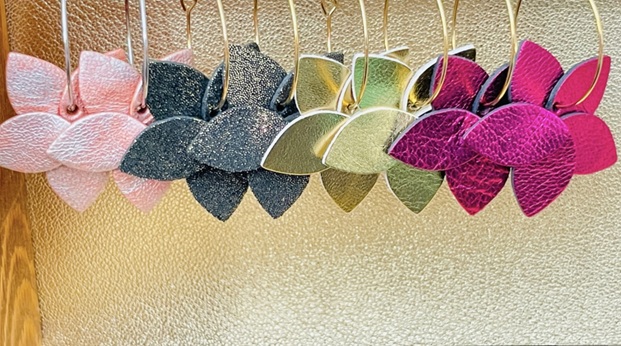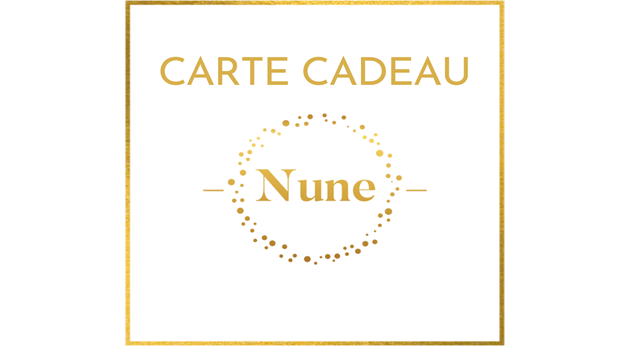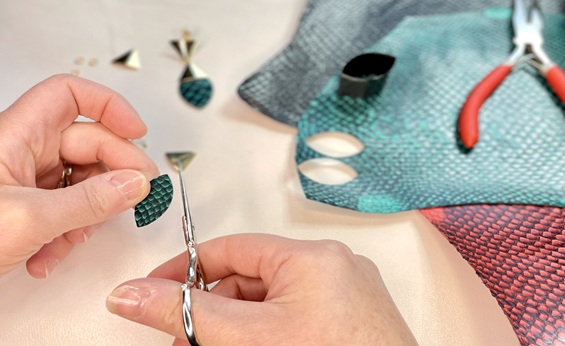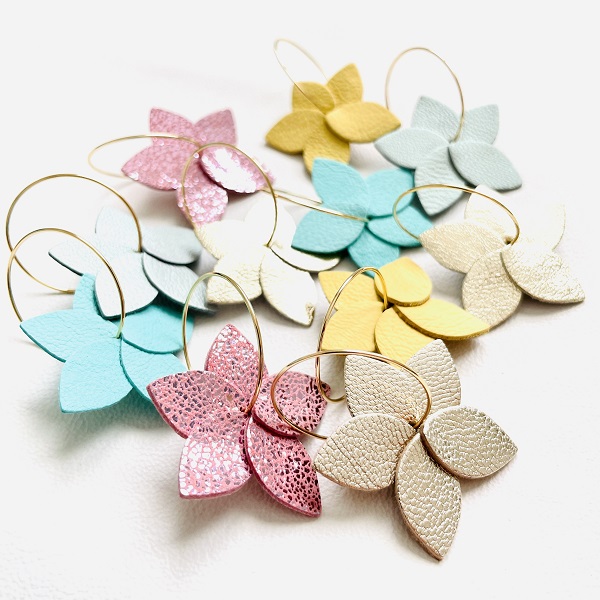Leather types
Widely used in the manufacture of shoes, clothing and fashion accessories, leather is renowned for its beauty and strength. There are an incredible number of textures, patterns and colors to choose from. Today, leather is also very popular for jewelry, such as necklaces and earrings. To create their products, costume jewelry designers often use recycled leather from luxury shoemakers, tanneries and leather factories. Would you like to know more about leather and its characteristics? We invite you to discover different types of leather and some possible finishes.
LEATHER: WHAT IS IT?
Genuine leather is a noble, rot-proof, processed material that comes from the skin of an animal. The origins of leather are multiple: it can come from a bovine like the calf or the cow, but it can also come from an exotic species like the python or the crocodile. To obtain leather, the raw hide must be dried and preserved in salt to eliminate the water present in the tissues. The skin then undergoes river treatment, which removes hair and subcutaneous fatty layers to facilitate tanning.
TANNING AND CURRYING
Tanning consists in making the hide softer and stronger through the application of various products. Several tanning processes are possible to produce leather.
Mineral tanning involves working the hide with mineral tannins to obtain a more or less supple leather. Vegetable tanning uses natural tannins to produce vegetable leather, which is generally harder and more difficult to work than mineral leather.
The tanned hide, prepared in the industry or in an artisanal tanning facility, then undergoes various mechanical and chemical treatments to obtain the finished product.
After tanning, the leather is wrought. Wrought leather is a complex process involving the use of specific tannery tools and materials. Sometimes carried out during this stage, slitting separates the two layers of the tanned hide: the bloom, which corresponds to the surface of the epidermis on which the hairs are normally found; and the crust, which corresponds to the lower layer, often referred to as the flesh, although this is the dermis and not the flesh of the animal.
Other operations are also possible, such as adding a dye for color or specific products to modify the suppleness of the hide. It is also during this stage that the desired thickness of the leather is obtained and evened out, thanks to the de-raying technique. This operation produces a thin or thick product, depending on the application. The product is then dried before finishing.
FINISHING
Finishing is the final stage in the manufacture of the product, giving it its appearance and light or dark color. Tanned and wrought hides are sorted according to their quality level. Here are just a few common examples of the many finishes available:
Full grain: qualifies a product that undergoes no post-tanning operations. It is presented on the grain side and has the natural, authentic look of leather. However, it requires special care and must be waxed to preserve its beauty over time. Full-grain leather can be finished in a number of ways:
Aniline leather finish, also known as plunge leather, is a beautiful, high-end finish. The surface and natural grain of the leather are preserved thanks to an oil film containing aniline.
semi-aniline finish is similar to aniline finish. The main difference between the two is the use of pigments in the semi-aniline finish. This provides extra protection for the product’s surface.
pigmented finish uses a large quantity of pigments to mask any small defects found on the leather’s surface. Nappa leather is an example of a smooth, full-grain, pigmented leather with great finesse.
Corrected grain: this refers to a product that has been superficially sanded to remove a few defects. The surface may be smooth or have a grained finish. The resulting product is less aesthetically pleasing than full grain, but easier to maintain.
Leather crust or split: obtained by splitting the lower layer of the hide. It can be treated with pigments to make it more resistant.
Grained, satin-finished, printed, marked or engraved leather: a product to which an artificial graining, effect or pattern has been applied. A coating can be applied beforehand to create a print. Numerous effects are possible: imitation fabric, fish scales, snakeskin…
Wool leather: the animal’s hair has been preserved to create a product ideal for warm clothing. Lamb leather is often used to obtain this finish.
Suede leather: the product is turned inside out to leave the velvety inner part visible.
Boiled leather: the hide is cooked in boiling water to produce a very hard product.
Aged leather: the product is worked to obtain a worn and cracked surface, like leather that has aged.
Greased leather: product soaked in oil to improve its resistance and suppleness.
Nubuck: grain sanded to obtain a smooth, soft and velvety appearance, very pleasant to the touch.
THE ANIMAL AND DIFFERENT TYPES OF LEATHER
Here’s a list of the main types of leather and their characteristics.
Bovine leather includes products made from the hides of cattle such as cows or bison. Cow, buffalo and calf leather are among the most classic bovine leathers. Cowhide is a very robust leather. Some calf leathers, such as Ruga, are renowned for their shine and fine grain.
Horse or cordovan leather is a rare and special product, used mainly in the shoemaking sector.
Ovine leather is made from sheep skins: sheep, goat and lamb. These materials are robust and particularly resistant. Lambskin is a fragile leather with a shiny, silky appearance.
Marine leather is a name used to group together different fish leathers such as salmon or trout. These leathers have the advantage of presenting beautiful natural scale-like patterns.
Exotic leathers are numerous and concern different animal species around the world: snake leather, python leather, ostrich leather, lizard leather or crocodile leather. Galuchat leather is a shark leather with a pearlescent appearance. Pécari leather is made from the skin of a species of wild pig found in South America.
Alternative leathers are ecological leathers made from plant fibers. The varieties used are numerous: soya, cork, mushrooms… Leather made from pineapple fibers is an example of an alternative product that can be qualified as eco-responsible leather.
THE LEATHERS USED AT NUNE
At Nune, we are committed to using recycled leathers in the manufacture of our jewelry. These leathers, reclaimed from the luxury goods sector, are part of an eco-responsible approach that we hold dear. These materials are cut and assembled in our workshop to create jewelry in a wide range of shapes and colors. Our selection of leather goods includes a wide range of earrings and necklaces, which can be customized to suit your personal taste and preferences. The Nune team is at your disposal for any advice on our products.

